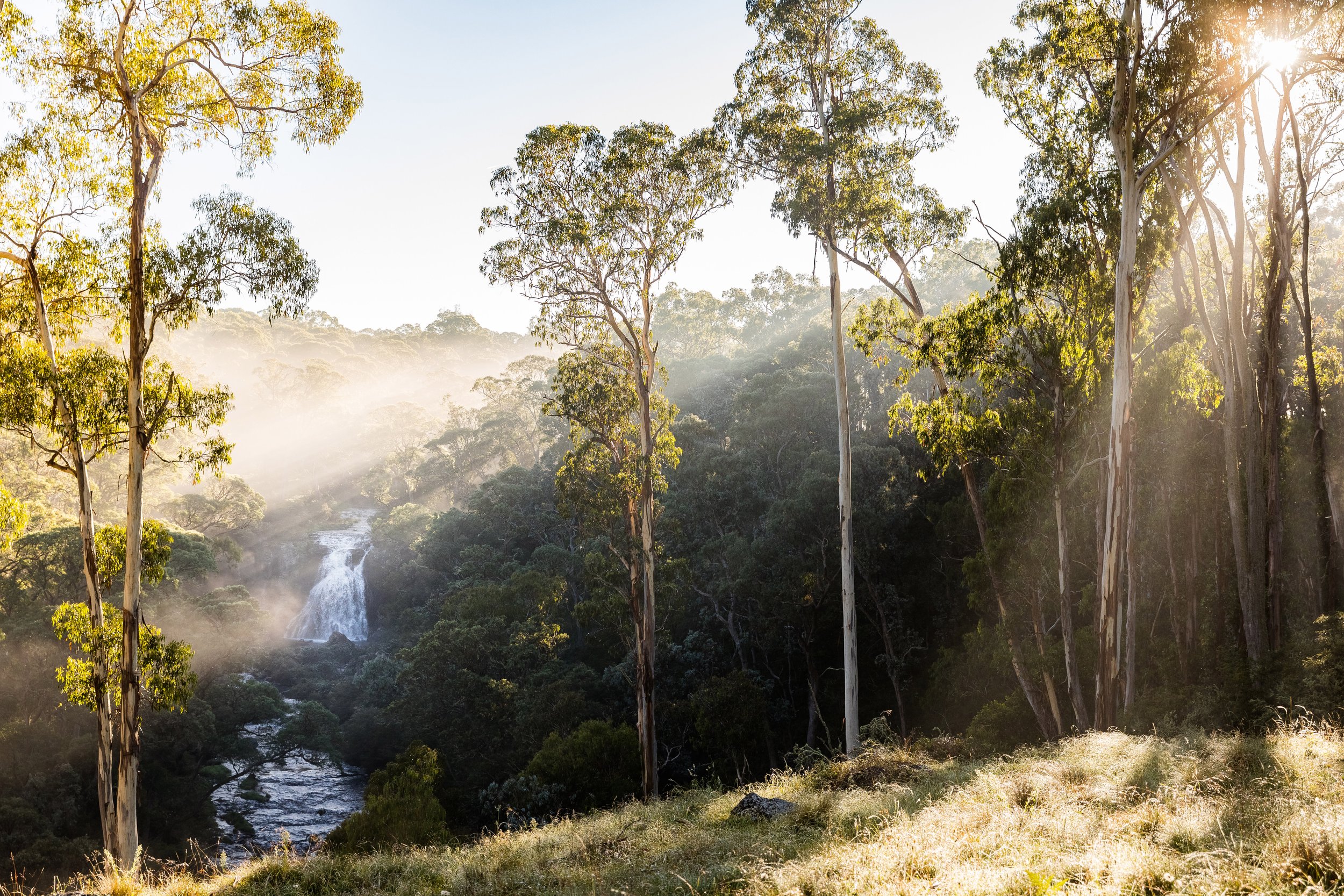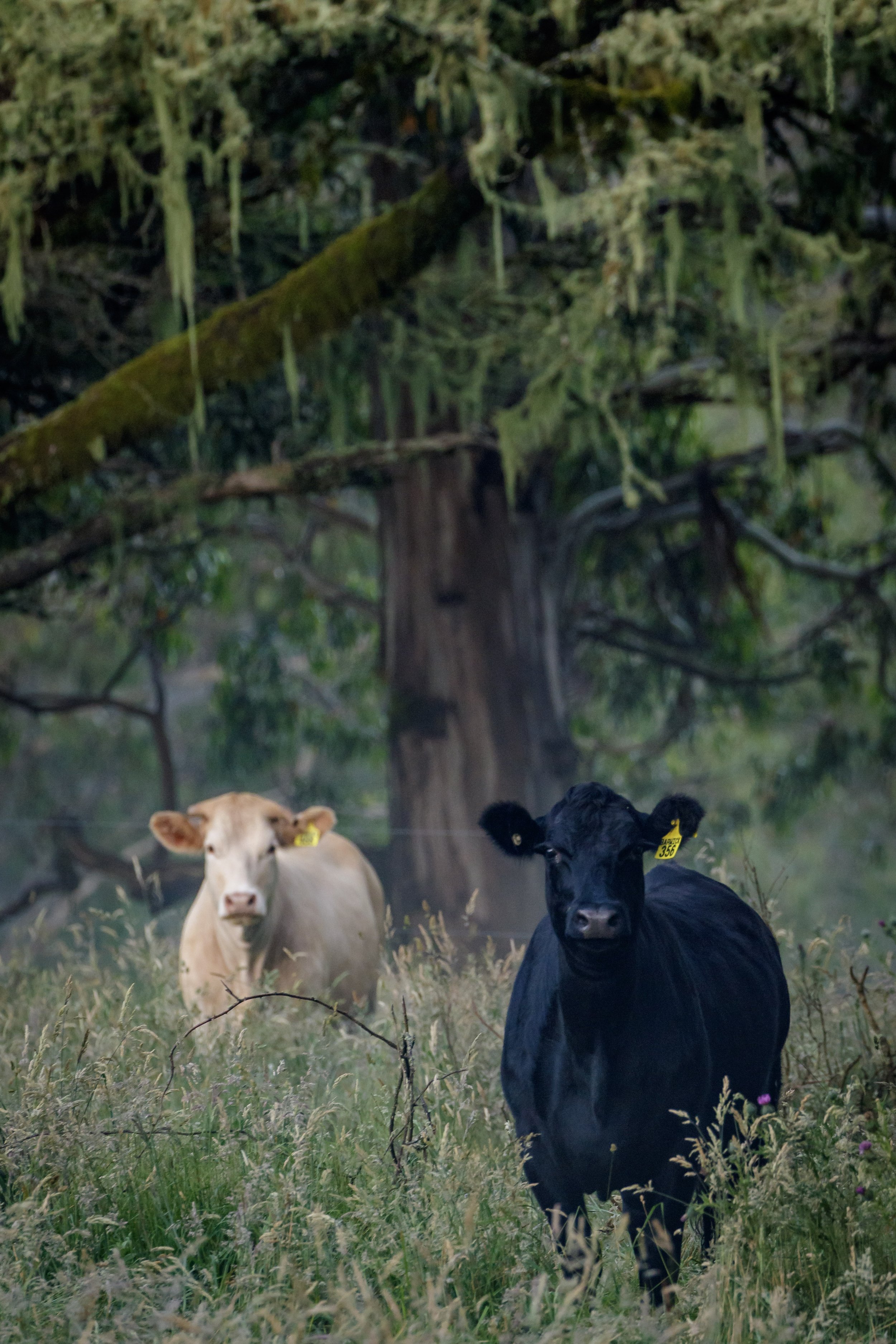
Regenerating agriculture
2019/20 Black Summer Bush Fires, Ebor
Agriculture needs regeneration
After many decades of industrialisation, Earth’s systems are breaking down. The impact of this will increase in severity as ecosystems lose the capacity to regulate themselves. Loss of biodiversity and climate change alone will cause significant social unrest as landscapes struggle to support communities.
Modern agriculture occupies 38% of the planet’s terrestrial surface. This is a significant amount of land; yet it continues to expand. Complex ecosystems such as rainforests are being bulldozed and converted into monocultures. These are reliant on fossil fuel inputs, multinational companies and artificial fertilisers, pesticides and herbicides to produce higher yields. This makes agriculture a dominant driver in the breakdown of global ecosystems.
However, there are many alternatives to this extractive approach. These include Indigenous foodways, agroecology, organic and biodynamic agriculture, agroforestry, permaculture and holistic management – to name a few. All of these have the capacity to help regenerate agriculture.
The storyline of regenerative agriculture
Regenerative agriculture is in part a storyline. This story carries strong ethical connotations around the importance of restoring the health and diversity of ecosystems and communities. It is clear enough that many farmers feel connected to it. However, it is also vague enough that these same farmers can have extremely different approaches to ‘regenerative agriculture.’
In my research I articulated nine different ways of interpreting, talking about, and practicing regenerative agriculture. These interpretations of regenerative agriculture are diverse, and have diverse agricultural lineages that inform them (e.g., organics, holistic management, permaculture). This makes sense because the shared intention behind regenerative agriculture is to regenerate. What is being regenerated can differ, as can the process of regeneration (there is no single way to regenerate agriculture). If there is no single way for regeneration to occur in agriculture, why would there be a single type of regenerative agriculture?
Current demands to quantify, define and scale-up a singular model of regenerative agriculture risk over-shadowing the pre-existing diversity of sustainable, agricultural practice. Consequently, diversity in regenerative agriculture is important to transformation so that it does not perpetuate colonial relations by ignoring unique knowledges and practices in specific places. Instead regenerative agriculture must start learning from, integrating with, and enhancing those existing approaches that are already transformative. The following types of regenerative agriculture demonstrate how this is occurring to different degrees.
-

Restoration for Profit
Regenerative agriculture is restoring soil health to increase productivity and profitability, whilst also reversing climate change
-

Big Picture Holism
Regenerative agriculture is looking at how everything is connected on the farm to make good management decisions and enhance quality of life
-

Regenerative Organic
Regenerative agriculture is building on the tenets of organic agriculture to regenerate soil health, animal welfare and social fairness
-

Regrarian Permaculture
Regenerative agriculture is an approach to designing integrated farm systems that regenerate the land
-

Regenerative Cultures
Regenerative agriculture is a spiritually rich and emotionally fulfilling practice at the heart of regenerative, place-based cultures
-

Deep Holism
Regenerative agriculture is a pathway for empathising with and experiencing ecosystems as inseparable from yourself
-

First Nations
Regenerative agriculture is a new name for practices that First Nations people have been doing for tens of thousands of years
-

Agroecology & Food Sovereignty
Regenerative agriculture is about regenerating communities and having people democratically involved in the food system
-

Subtle Energies
Regenerative agriculture is a practice that works with the invisible or non-material dimensions of farming systems to connect with the intelligence of nature and restore energy imbalances
Artwork by Hannah Cox of Nanny Potts Illustration


